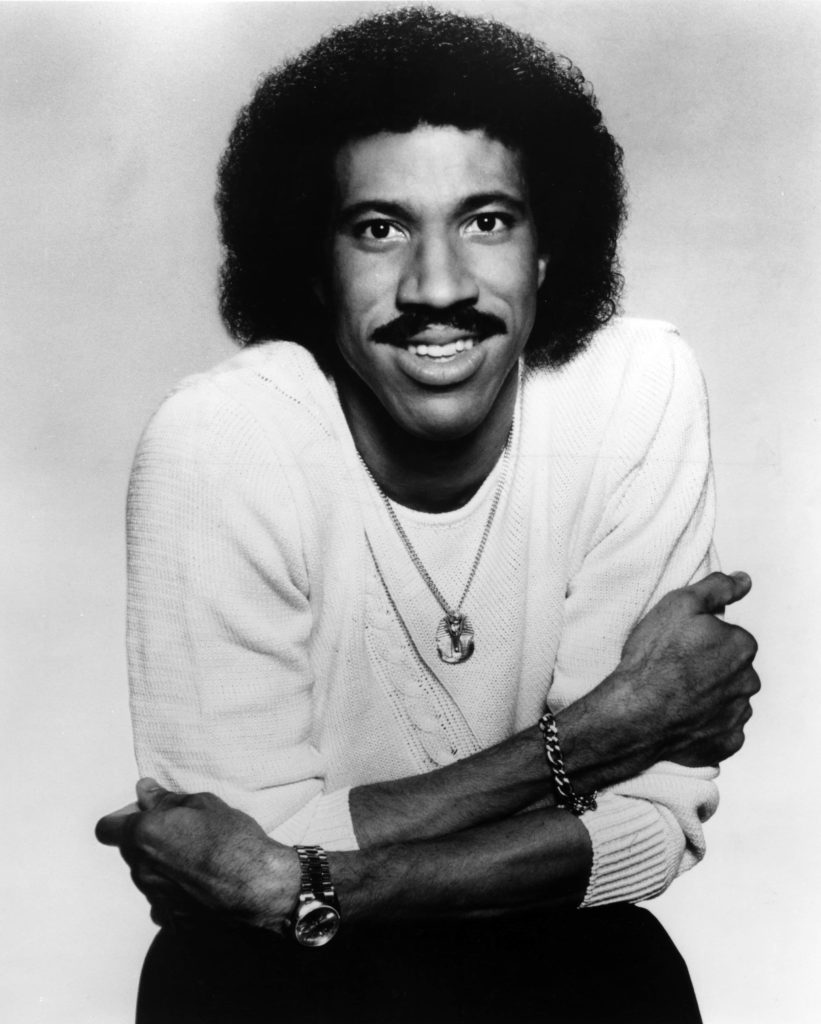
Lionel Richie’s “Hello”: A Timeless Ballad of Longing and Vulnerability
When Lionel Richie released “Hello” in 1984, it wasn’t just another single—it was a declaration of vulnerability, a heartfelt cry that resonated deeply with listeners around the world. Taken from his multi-platinum album “Can’t Slow Down”, this song became one of Richie’s most iconic tracks, reaching the pinnacle of success by peaking at number 1 on the Billboard Hot 100. It also topped charts internationally, cementing its place as a timeless classic in the annals of pop and R&B history.
“Hello” is a ballad that captures the essence of unspoken longing and the deep emotional yearning that often accompanies unrequited love. From the very first note, the song draws you in with its gentle piano introduction, setting the stage for a story of love that is both poignant and deeply personal. Richie’s voice, smooth yet filled with emotion, guides the listener through the narrative of a man who is hopelessly in love with someone he feels he can never reach.
Lyrically, “Hello” is both simple and profound. The repeated line, “Hello, is it me you’re looking for?”, is both a question and a plea, encapsulating the uncertainty and hope that define the experience of yearning for someone’s affection. Richie’s delivery of these lyrics is nothing short of masterful—each word is imbued with a sincerity that makes the listener believe in the depth of his feelings. The song’s chorus is haunting in its repetition, a mantra of desire that lingers long after the music fades.
The song’s composition plays a significant role in its emotional impact. The use of the piano as the primary instrument, coupled with subtle strings and a soft, steady beat, creates a lush, almost cinematic atmosphere. The melody is both melancholic and uplifting, reflecting the dual nature of love itself—beautiful, yet often accompanied by pain. Richie’s ability to balance these emotions is what gives “Hello” its enduring appeal.
Upon its release, “Hello” was not just a commercial success but also a cultural phenomenon. The accompanying music video, which features Richie as a teacher in love with a blind student, added another layer of depth to the song’s narrative. The video’s storyline, where Richie’s character expresses his feelings through a sculpture of his beloved, became one of the most memorable and discussed aspects of the song, further embedding it in popular culture.
Critically, “Hello” was praised for its emotional honesty and Richie’s vocal performance. It was a departure from the upbeat, dance-oriented tracks that dominated the charts in the early 1980s, offering something more introspective and heartfelt. This shift in tone showcased Richie’s versatility as an artist, proving that he could not only craft catchy tunes but also deliver ballads that touched the soul.
As the years have passed, “Hello” has remained a staple of Richie’s live performances and continues to be a favorite among fans. Its message of unspoken love and the courage it takes to reach out to someone resonates across generations, making it a song that is as relevant today as it was when it first topped the charts. The universal themes of love, longing, and vulnerability that “Hello” explores ensure its place in the pantheon of great love songs.
In the end, Lionel Richie’s “Hello” is more than just a song—it is an experience, an emotional journey that invites listeners to connect with their own feelings of love and longing. It stands as a testament to Richie’s incredible talent as a songwriter and vocalist, and its impact continues to be felt in the world of music and beyond.